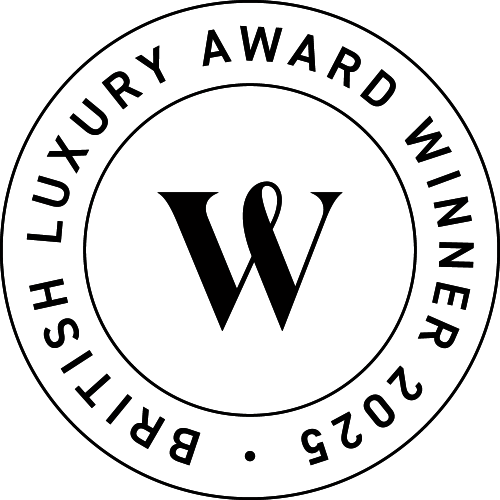Harvest. The busiest time in the Gusbourne calendar. It takes careful preparation, precise timing, weather-watching and years of expertise to make sure the journey from vineyard to bottle produces quality wines worthy of the Gusbourne label. Chief Vineyard Manager Jon Pollard and Head Winemaker Charlie Holland explain how harvest happens here.
Pick the grapes, press the grapes. Sounds simple, but the knowledge, care and detail that go into our annual harvest ritual tells a more complex story.
How do you prepare the vineyard for harvest?
JON POLLARD: Many weeks of prep go into delivering a smooth harvest. On top of all the day-to-day work we do in the vineyard, harvest needs more hands and more kit. In July we start organising our picking crews – around 100 people for our Kent vineyard, 80 for West Sussex. We need that lead time to recruit and arrange crew accommodation. Then we get all the machinery in place – tractors and trailers, harvest snips and buckets – all the essentials for safely and precisely working our way through each parcel of vines.
And what about prep in the winery?
CHARLIE HOLLAND: In July, just as Jon and his team are starting to think about the picking crews, we’re just finishing bottling – a natural end to the winemaking season, when all the wines from the previous year are tucked away in the cellar to rest.
After a well-earned break in August, the winemaking team makes sure we have tanks, barrels, yeast, nutrients, bacteria… everything we need to get started for the next harvest. Then we clean, clean, clean – all the tanks, pumps, presses and filters have to be absolutely spotless, serviced and tested before they come into contact with grapes or juice. We pretty much triple the size of the winery team, making sure everyone is properly inducted, trained and on board before the big day.
How do you forecast the date you’ll begin the harvest?
JP: In the vineyards, we wait for near-complete colour change in the Pinot Noir and Pinot Meunier grapes before picking a bunch sample from each clonal block for testing by the winery team. We repeat this process numerous times in the lead-up to harvest.
CH: We have a sophisticated onsite lab that gives thorough analysis of the juice to understand what stage of ripeness we are at. We apply an algorithm – based on eight years of collected data – to decide on the optimum picking date. Alongside things like nutrition and pH levels, the key measures of increasing sugar and decreasing acidity determine when we should start harvesting individual blocks.
How long does harvest take at Gusbourne?
JP: At both our vineyards we typically finish picking in 10 to 12 days – though not normally in a straight run, thanks to weather! So actual days of picking are usually spread over two or three weeks. We never harvest in the rain because of its diluting effect on the juice, which would mean a wine of lower quality. And as soon as the grapes are picked, we get them back to winery and into the press as quickly as humanly possible.
And once the grapes arrive at the winery?
CH: Jon’s right, there’s a strong correlation between quality and how quickly the fruit is pressed, so whole bunches of grapes are loaded into the press as soon as they get to the winery. The press is basically a large horizontal cylinder lined with a soft, flexible membrane that slowly inflates to gently extract the juice from the grapes. For our sparkling base wines we want a clean, pure juice without any bitterness or astringency, so everything about this stage of the process is about gentleness. We don’t want the tannins and phenolics of the grape skins and seeds – we save that for our red wines. It’s largely a mechanised process now – extremely efficient but also very exacting for making a quality product.
What’s the next step for the juice?
CH: We fraction out the pressed juice according to quality, and after discarding the first 1-2%, we start pressing the cuvée – the best quality. Over the next few hours the juice goes through more pressing and fractioning. We only keep the juice we deem the highest quality. When the press is emptied, the skins are sent back out to the vineyard to be composted and added back to vines for future harvests. And so another vintage year begins…
You may also like...









